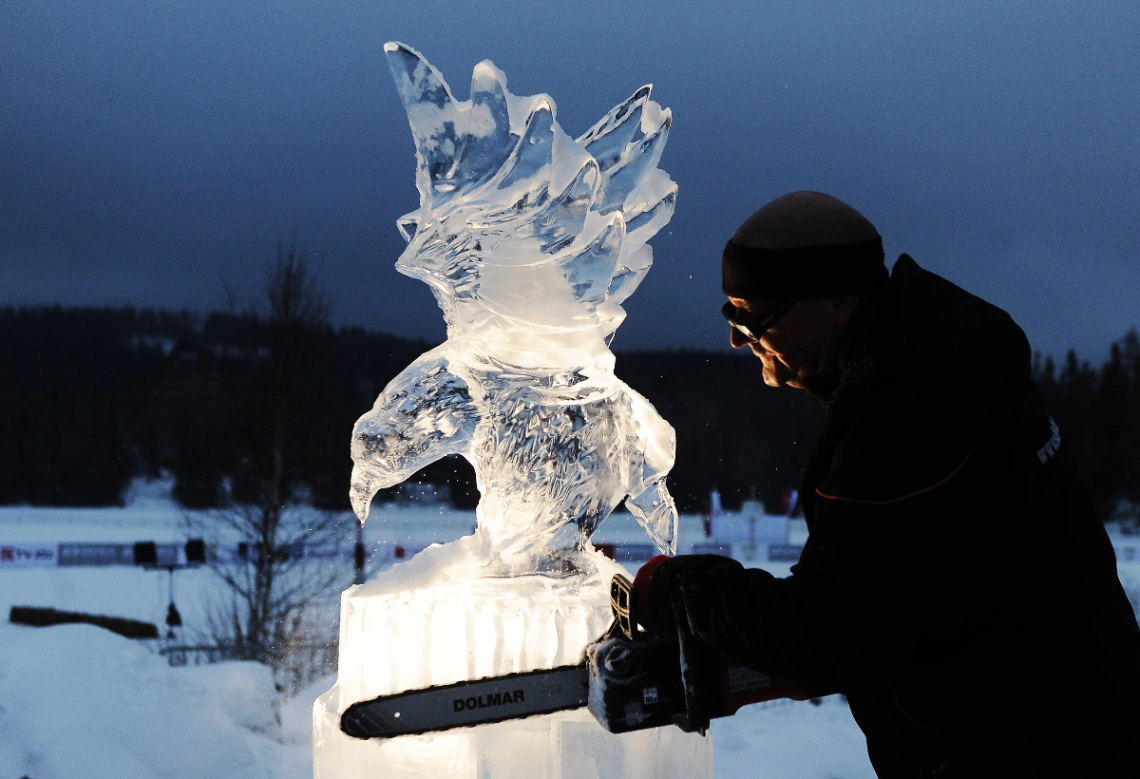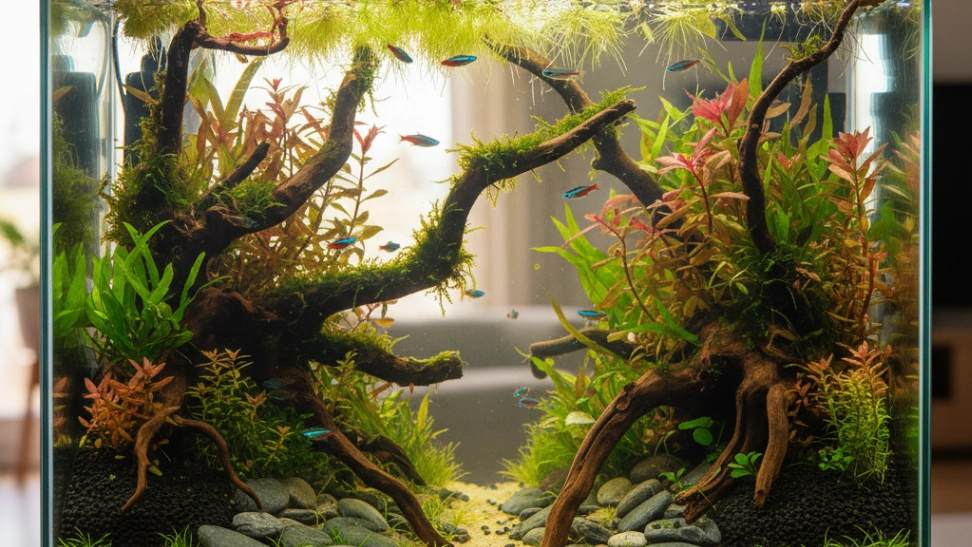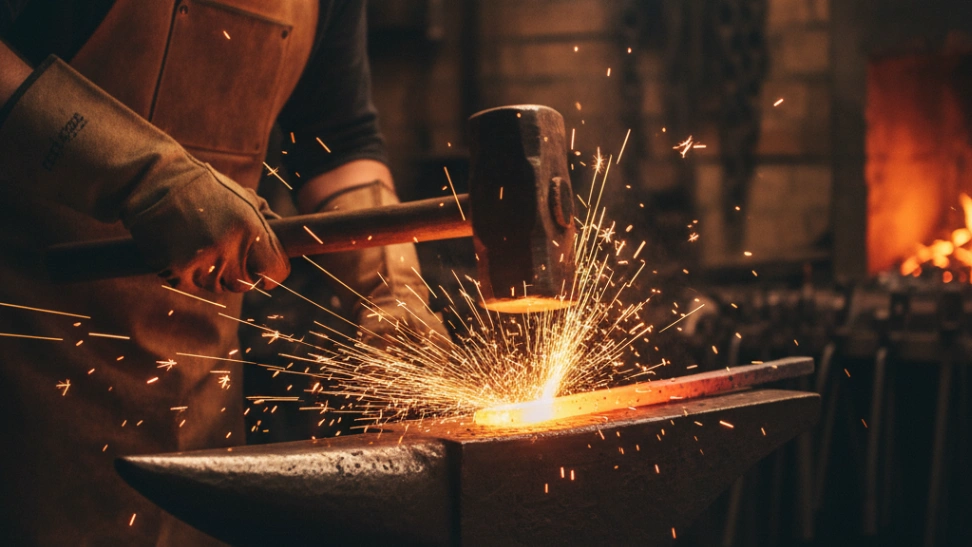The tools of the trade are surprisingly diverse, ranging from powerful chainsaws and electric grinders for initial roughing out, to delicate hand chisels, Japanese carving knives, and even specialized Dremel tools for intricate details. Sculptors often begin with large, clear blocks of ice, typically 300 pounds or more, which are carefully selected for their purity and clarity, often frozen slowly in controlled environments to eliminate air bubbles. Safety is paramount due to the sharp tools, heavy ice, and cold conditions. Artists must wear appropriate insulated clothing, safety glasses, and gloves, and learn proper lifting and cutting techniques to prevent injuries. Mastering the handling of different tools and understanding how ice behaves under various temperatures and pressures are crucial steps in a sculptor's journey.
Beyond the technical skills, ice sculpting demands immense creativity, foresight, and adaptability. Artists must envision their final piece, often sketching designs beforehand, but also be prepared to adjust to the inherent characteristics of the ice block itself, which may reveal unseen flaws or irregularities. The transient nature of the medium adds a layer of urgency and a unique philosophical dimension to the art. Unlike stone or wood, ice sculptures are not meant to last forever; their beauty is intrinsically linked to their impermanence. This requires artists to embrace the process as much as the product, finding satisfaction in the creation knowing that its ultimate fate is to return to water. This temporary existence makes the appreciation of ice sculptures all the more poignant and special, urging viewers to savor the present moment.
The history of ice sculpting is as fascinating as the art form itself, with roots stretching back centuries. Early forms of ice manipulation for decorative or practical purposes can be traced to various cold regions around the world. In ancient China, during the Tang Dynasty, records suggest the use of ice lanterns during winter festivals, where ice was carved into functional and decorative shapes to hold candles. In Russia, the tradition of building elaborate ice palaces and structures dates back to the 18th century, most famously Empress Anna Ivanovna's opulent Ice Palace constructed in St. Petersburg in 1740, complete with furniture, cannons, and even trees made entirely of ice. These early endeavors were primarily for royal spectacle or practical lighting. However, the modern art form, with its focus on intricate sculptural detail and competitive events, largely evolved in the 20th century. International competitions, such as the Harbin International Ice and Snow Sculpture Festival in China and the World Ice Art Championships in Fairbanks, Alaska, have propelled ice sculpting into a globally recognized art, pushing the boundaries of what is possible with frozen water.
Today, ice sculpting is not only a competitive art but also a vibrant component of various events and celebrations. From elegant centerpieces at weddings and corporate galas to grand displays at winter festivals and public art installations, ice sculptures add a touch of magic and sophistication. Many sculptors work on commission, bringing specific visions to life for clients. The community surrounding ice sculpting is surprisingly tight-knit and supportive, with workshops, seminars, and festivals providing opportunities for artists to learn, share techniques, and collaborate. Digital tools, such as CAD software for design and advanced freezing equipment for crafting custom ice blocks, are also becoming more prevalent, further expanding the possibilities for this ancient yet ever-evolving art.
The continuous challenge of working with a delicate and time-sensitive material ensures that sculptors are always learning and refining their skills. Each block of ice presents a new set of conditions and demands, fostering a deep understanding of physics, aesthetics, and artistic expression. For those drawn to both the rigor of craft and the freedom of artistic vision, ice sculpting offers an unparalleled path to creativity, allowing artists to make a profound, albeit temporary, mark on the world. The satisfaction of seeing a form emerge from a translucent block, catching and refracting light, is a reward in itself, a testament to skill, patience, and the boundless potential of ice.



